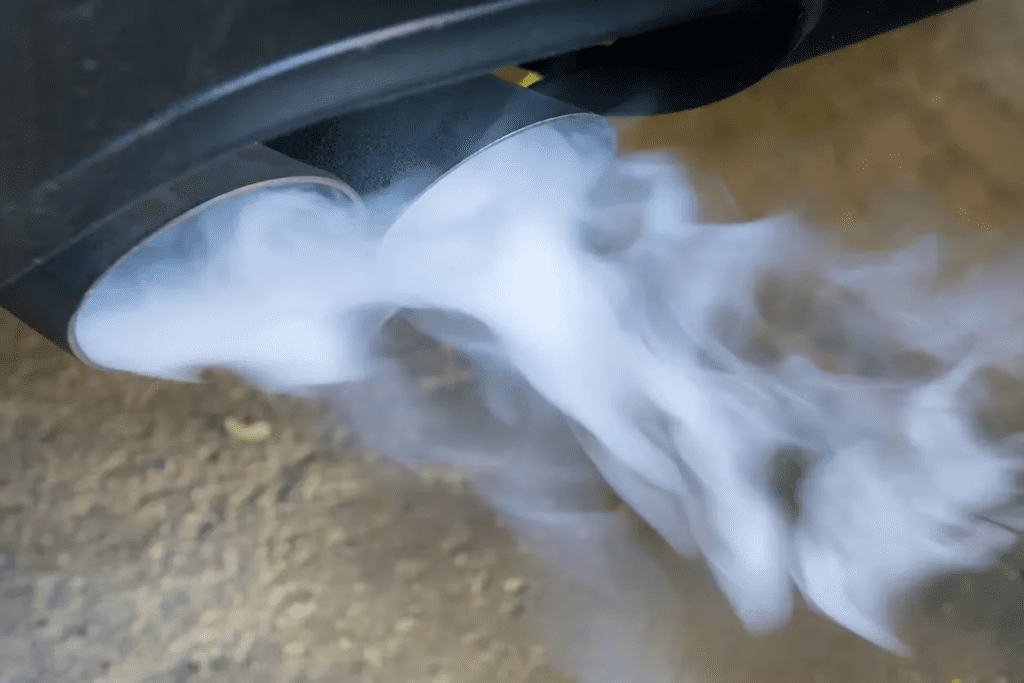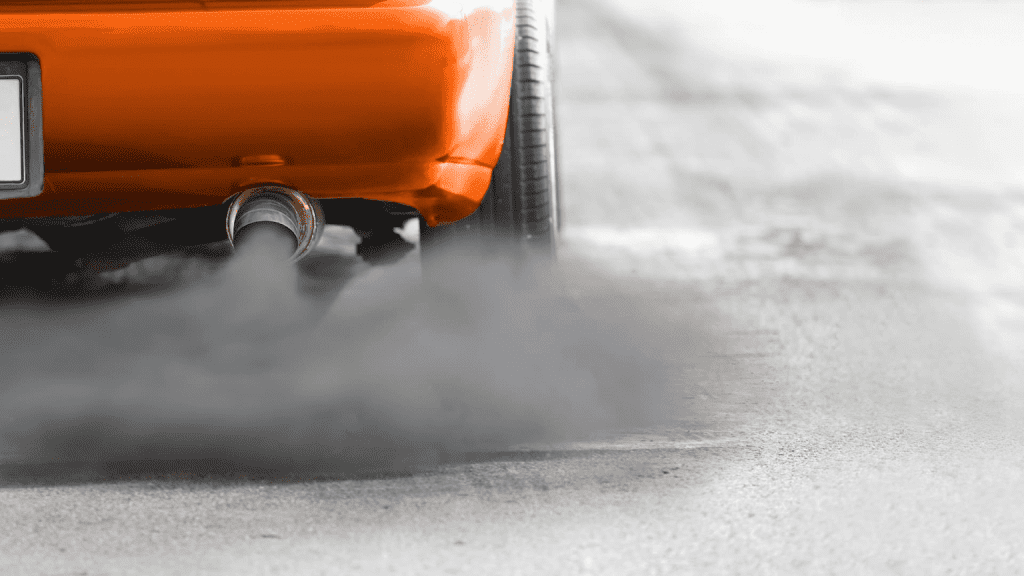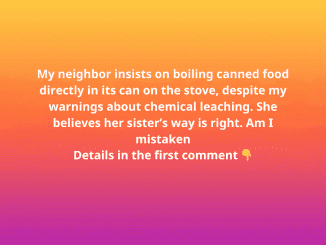When your car emits colored smoke from the exhaust, it’s not just a random puff of gas. Each color can reveal specific information about your engine’s health. Whether it’s black, blue, white, or gray, the color of the smoke often serves as a warning signal for underlying issues. Understanding what each color means can help you diagnose problems early, potentially saving you from costly repairs down the road.

Why Engine Smoke Color Matters
Most combustion engines release byproduct gases during operation, which exit through the exhaust pipe. These gases usually pass through devices like catalytic converters that filter the fumes. While some engine smoke is just harmless water vapor, other colors can indicate serious engine problems. Knowing the difference can make all the difference in keeping your car in top shape.
In this article, we’ll break down the meanings behind different colors of exhaust smoke and what they signify about your engine’s health.
Black Smoke: Fuel-Related Issues
If you see black smoke pouring from your exhaust, it’s usually a sign that your engine is burning too much fuel. This condition often points to one or more of the following issues:
- Clogged Air Filter: A dirty or clogged air filter limits the amount of air entering the engine, causing an imbalance in the air-fuel ratio. This forces the engine to burn more fuel.
- Faulty Fuel Injectors: A malfunctioning fuel injector may spray too much fuel into the combustion chamber, causing excess fuel burn and black smoke.
- Vacuum Leak: If your engine has a vacuum leak, it may disrupt the air-fuel mixture, increasing fuel consumption and producing black smoke.
While black smoke may not pose an immediate threat to your engine, it will affect your fuel efficiency, causing you to spend more at the pump. Left unaddressed, it can lead to bigger problems, so it’s wise to check for these issues if you notice black smoke from your exhaust.
Blue Smoke: Oil-Related Problems
Seeing blue smoke? That’s a strong indication that oil is burning inside the engine. This typically occurs when engine oil leaks into the combustion chamber, mixing with the fuel. Blue smoke often signifies:
- Worn Piston Rings: Piston rings seal the combustion chamber and prevent oil from leaking in. When they wear out, oil seeps into the chamber and burns, producing blue smoke.
- Leaky Valve Seals: Valve seals keep oil from leaking into the cylinders. If they’re damaged, they allow oil to mix with fuel during combustion.
- Clogged Oil Filters: A blocked oil filter can cause oil to build up and leak into areas where it shouldn’t, potentially leading to blue smoke.
Blue smoke can signal more serious engine issues if ignored. If you’re noticing it consistently, it’s best to get your engine checked out, as running low on oil can cause extensive damage to your engine components over time.

White Smoke: Possible Coolant Leak
White smoke can mean a few different things depending on when you see it. If you notice white smoke briefly on a cold morning, it’s probably just condensation burning off—nothing to worry about. However, if the white smoke persists, you may have a more serious problem, such as:
- Leaking Head Gasket: A faulty head gasket allows coolant to seep into the engine, where it burns and creates white smoke.
- Cracked Engine Block: A crack in the engine block can lead to coolant leaks, which also produce white smoke.
- Burning Coolant: If coolant is burning in the engine, you may also experience a drop in coolant levels, leading to overheating.
Constant white smoke is a red flag that your engine is likely burning coolant. Ignoring this issue can result in engine overheating, which may cause irreversible damage.

Gray Smoke: Transmission and Oil Issues
Gray smoke can be a bit more difficult to diagnose because it may stem from a variety of sources. However, it’s generally associated with oil-related issues or transmission problems:
- Faulty PCV Valve: The Positive Crankcase Ventilation (PCV) valve regulates pressure in the engine. If it’s not functioning correctly, it can lead to gray smoke.
- Transmission Fluid Leak: In some cases, gray smoke can indicate that transmission fluid is leaking into the engine.
- Oil Leak into Combustion Chamber: Like blue smoke, gray smoke may also signal oil leaking into the combustion chamber, typically due to issues with the valve seals or piston rings.
If you see gray smoke, it’s best to address it sooner rather than later. Unchecked, it can lead to further damage, and in the case of a transmission leak, it can affect how your vehicle shifts gears.
What to Do If Your Car Is Emitting Smoke
Here’s a quick guide on what to do if you notice smoke coming from your exhaust:
- Observe the Color and Smell: Sometimes, the smell can offer additional clues. Burning oil has a distinct smell, and coolant has a sweet odor. Make a note of these details.
- Check Your Dashboard: See if any warning lights are on, particularly the check engine light, which can help pinpoint issues.
- Examine Fluid Levels: Check your oil, coolant, and transmission fluid levels. Low levels can confirm if one of these fluids is leaking and burning.
- Visit a Mechanic: If you’re seeing consistent smoke, it’s best to consult a professional. They can perform diagnostic tests to determine the root cause and recommend repairs.

Prevention Tips for a Healthy Engine
To prevent smoke-related issues, make routine maintenance a priority. Here are a few steps you can take to keep your engine running smoothly:
- Regular Oil Changes: Changing your oil regularly helps keep your engine lubricated and prevents oil from seeping where it shouldn’t.
- Replace Air Filters: Dirty air filters reduce airflow, which can affect the air-fuel mixture and lead to excess fuel burning.
- Keep Up with Coolant Levels: Monitor coolant levels and inspect for leaks to prevent overheating and head gasket issues.
- Service the PCV Valve: A functioning PCV valve is crucial for managing pressure inside your engine. Check it periodically to ensure it’s working as intended.
Conclusion: Understanding Engine Smoke to Avoid Bigger Problems
Knowing what each color of exhaust smoke means can save you time, money, and frustration. Black smoke generally signals fuel issues, blue smoke points to oil leaks, white smoke suggests coolant problems, and gray smoke can indicate oil or transmission fluid issues. By taking note of these signs and addressing them promptly, you can help keep your engine in top shape and avoid more costly repairs in the future.
When it comes to car maintenance, knowledge is power. Paying attention to these smoke signals can go a long way in protecting your vehicle’s health and longevity. So next time you see smoke, don’t ignore it—use it as a clue to keep your car running smoothly for years to come.


